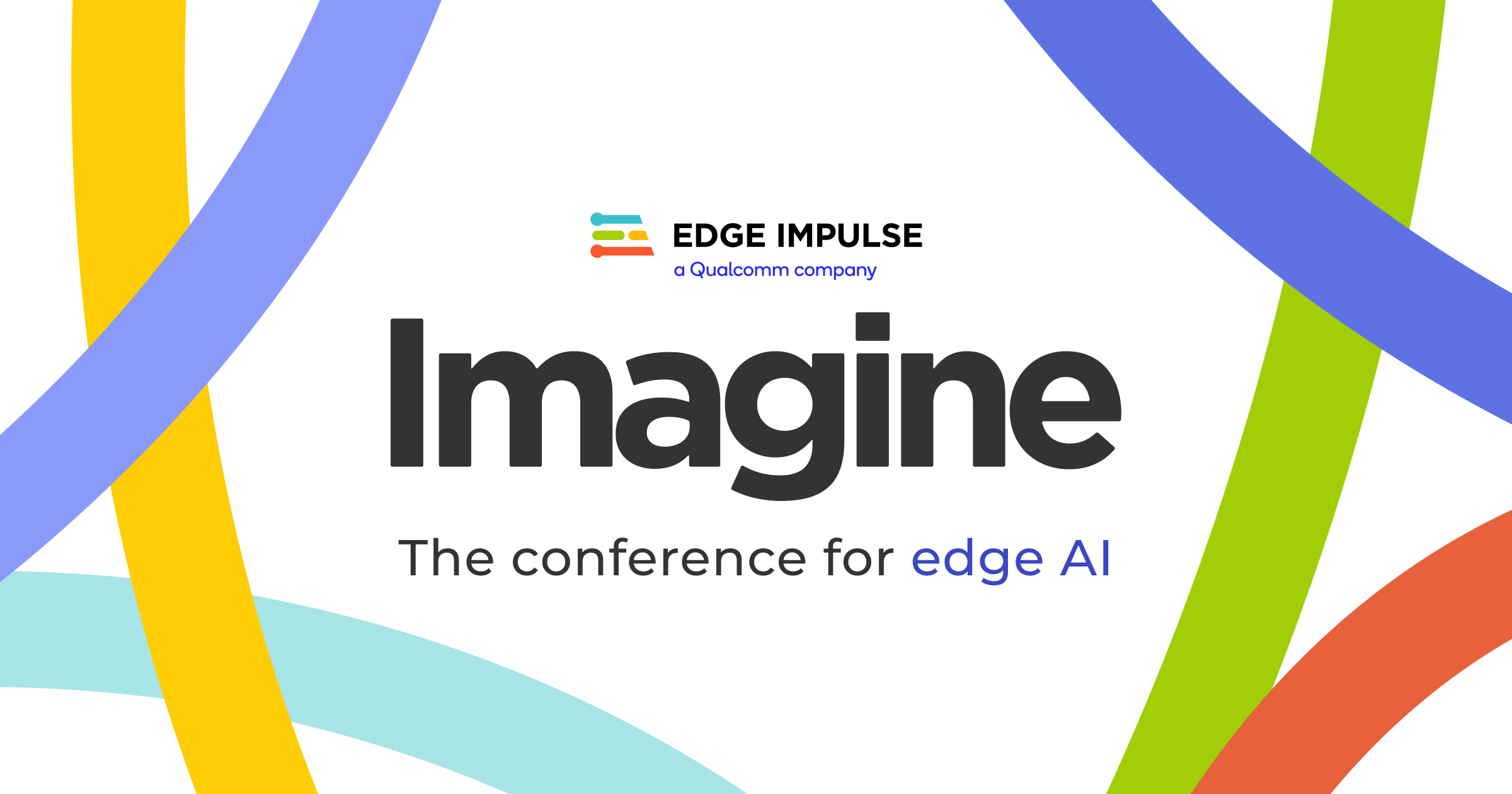I completely agree with you. Even if someone decided against us, it would likely be about cost-effectiveness rather than functionality. Some might opt out because they don't need the full spectrum we offer and find a simpler, cheaper solution. Personally, I'm still in wait-and-see mode. But honestly, it's high time we put something concrete on the table. The AI market is evolving, with many startups using similar language to BrainChip. The risk is that we get overlooked due to weak marketing. Just posting on LinkedIn and X isn't enough; we need to be more proactive. All the money is going into product development and sales, leaving marketing lacking in my opinion. Nonetheless, HOLD!
We already have product differentiation on performance with Akida 2 having premium performance with ViT and TeNNs, and long skip.
Akida 1 has extremely flexible applications but the added functionality of long hop/skip/jump, TeNNs and ViT would justify a substantial price differential.
Akida 1500 would be cheaper than Akida 1 on equivalent production runs as it does not require the ARM Cortex M4 licence, and will fit more per wafer.
In addition, there is the radhard version.
The adaptability of Akida means we are set up to meet a broad spectrum of the market.
It is true that competition may harvest the low hanging fruit, but SynSense for instance needs different chips for audio and video, increasing production costs in the long run.



